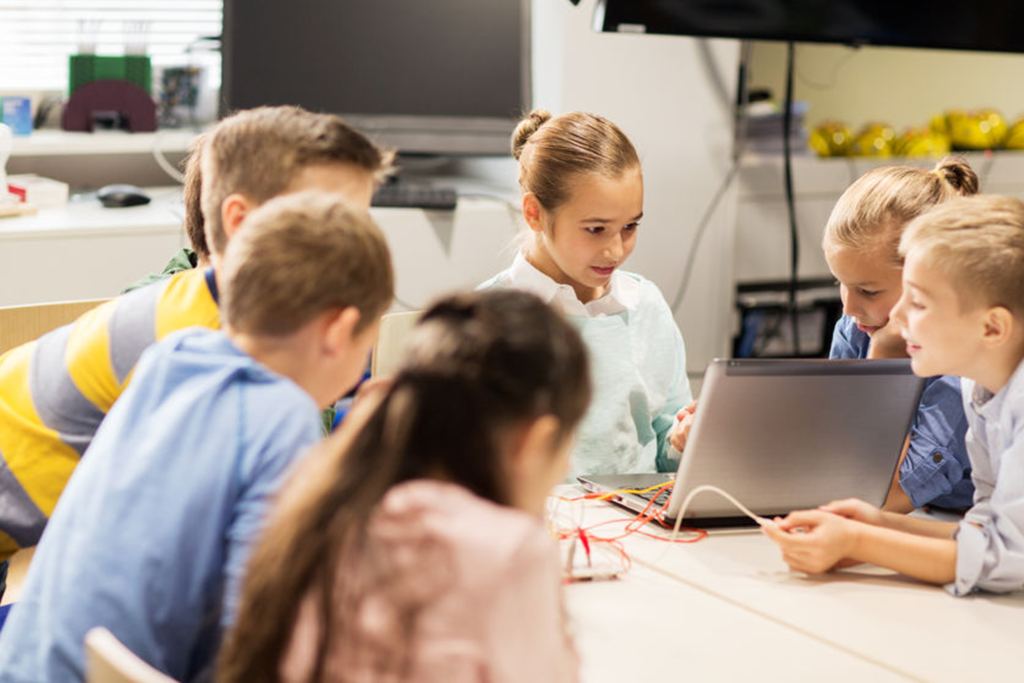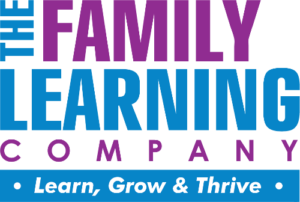K-12 Schools

In K-12 schools, literacy and family engagement play pivotal roles in shaping proficient readers. Phonemic awareness, phonics, and reading comprehension form the core of a child's literacy journey. Family engagement amplifies learning by involving parents in reading activities, benefiting English Language Learners and promoting multi-generational learning. Utilizing family literacy software fosters Interactive Family Literacy, ensuring accessibility and diverse resources. Parent engagement in children's reading skills not only combats illiteracy but also strengthens the home-school connection. This collaborative approach, emphasizing reading skills through family involvement, cultivates a supportive environment crucial for enhancing lifelong reading abilities and empowering students for academic success.
Family Literacy and K-12 Schools
Parental engagement has the biggest impact in providing motivational support for the instruction, and direct involvement in the practice that children need to master their early reading skills. It takes years to learn to read and write properly. Most children simply do not have the self-motivation to stick with the task in the face of attractive alternatives like TV and video games. When parents get involved, children follow.
How does family learning work? 10% of the time, parents and their children sit together, log in together, read together, play learning games together and build literacy skills together. The rest of the time, children work independently, or with other family members. It helps young learners improve their reading and writing skills while at home, overcoming pandemic learning loss.
You’ve heard that Social and Emotional Learning (SEL) are just as important as academic learning, and it’s true. Children need to develop emotional control and executive function to succeed in school, and later at work. So how does that work? It begins with goal setting. Every learner is encouraged to set a goal, show it to a family member, and have them check it. When students set goals, they are more motivated to get their work done, and when they share those goals with their parents, they are more likely to complete them.
The program is a comprehensive literacy supplement that meets the needs of both mainstream students and those who have learning challenges: academic, socio-economic, special needs and language. There are over 9,700 learning activities for ages 4-adult in English and Spanish.
Increasing the Impact of Public School
Last Spring, Sheila Jefferson had been near her wits end. Eighteen months of pandemic closings, openings and uncertainty had played havoc with her staff and her stress levels. Fortunately, Sheila had some positive experiences to build on. While some of the students in her school had completely disappeared when she had to close her doors and go online, the parents and other nearby relatives of most of the students had stepped up to help their students participate. When she sent out a survey, some parents had asked how they could help even more. This kind of family engagement is the dream of every educator. How could she build on parent interest to create even more engagement in her school? In her case, the answer was in a new kind of literacy software for families. Instead of providing something for students to do when their parents are busy, it provides things for parents to do with their children when they have time. It also provides parent videos to help them talk about the software with their students. Once the students understand how to do each learning activity, they continue to do it on their own until they master its skill. Even better, the parents learn with their children since in Sheila’s neighborhood, few of the parents were fully literate themselves. Some had even logged in after their students went to bed to do the adult version of the learning activities. The summer students were showing clear signs of pre-reading and reading skill development. The program was working! Sheila saw three groups of families through the software’s reports: the disengaged, the too busy’s, and the re-engaged. The disengaged never logged in. But, as her emails and texts about the software kept going out, their numbers were dropping. The too busy’s complained that teaching their students was her job, not their job. That led to some difficult conversations, but they were important conversations that gave her an opportunity to convince parents that they had to take an active role if their students were going to succeed. The growing group was the re-engaged. She could see in the software reports that they were logging in with their students almost every day! And their students were the ones who were thriving. She couldn’t wait to share the data with her funding agency. The students in re-engaged families were learning faster than ever. Now, Sheila had a plan: convince every parent, grandparent, aunt and uncle in her students’ families to spend 5 minutes a day on the software with their students.
Parental engagement has the biggest impact in providing motivational support for the instruction, and direct involvement in the practice that children need to master their early reading skills. It takes years to learn to read and write properly. Most children simply do not have the self-motivation to stick with the task in the face of attractive alternatives like TV and video games. When parents get involved, children follow.
How does family learning work? 10% of the time, parents and their children sit together, log in together, read together, play learning games together and build literacy skills together. The rest of the time, children work independently, or with other family members. It helps young learners improve their reading and writing skills while at home, overcoming pandemic learning loss.
You’ve heard that Social and Emotional Learning (SEL) are just as important as academic learning, and it’s true. Children need to develop emotional control and executive function to succeed in school, and later at work. So how does that work? It begins with goal setting. Every learner is encouraged to set a goal, show it to a family member, and have them check it. When students set goals, they are more motivated to get their work done, and when they share those goals with their parents, they are more likely to complete them.
The program is a comprehensive literacy supplement that meets the needs of both mainstream students and those who have learning challenges: academic, socio-economic, special needs and language. There are over 9,700 learning activities for ages 4-adult in English and Spanish.
REQUEST A CONVERSATION OR WEB DEMO
Request a Conversation or Web Demo today to see how The Family Learning Company’s products can help your students.
